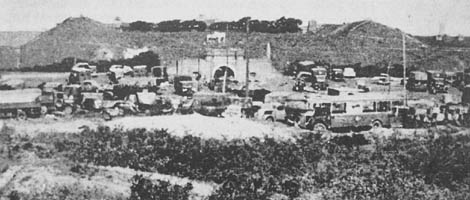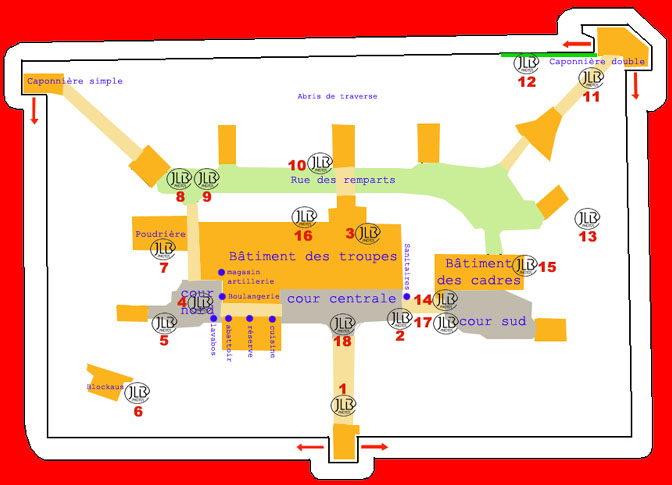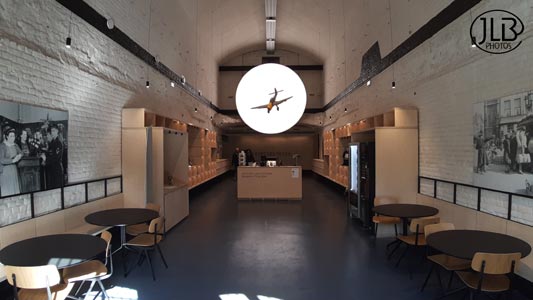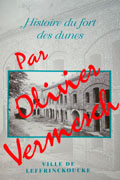




Entry of the Fort June 2, 1940 (collection Fort des Dunes)

(7 résistance fighters + 1 was shot down at the coastal battery on september 5th, 1944, when trying to escape)

|

|

|

|

|

The interior planning


New 2006
cannon of Bange' copy by the colonel reserve honorary Caenen

Since April 1,2020, the Musérial
Permanent exhibitions and a temporary
Pictures 2022
On documentation provided by the office of tourism of Leffrinckoucke and the association Fort of Dunes

Copyright ©JLB PHOTOS